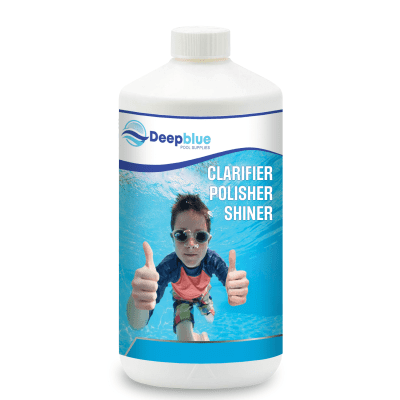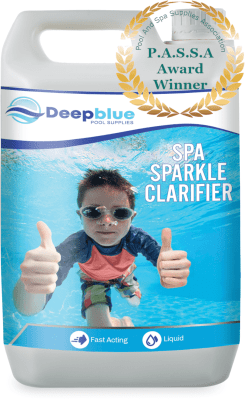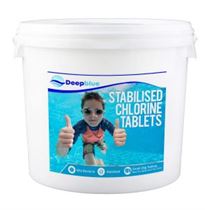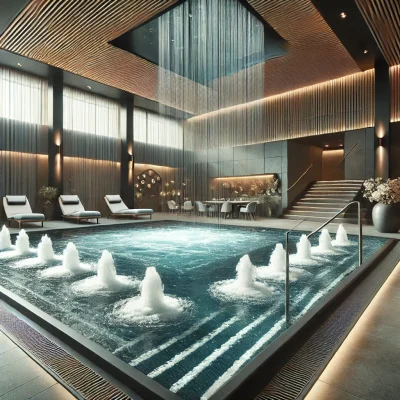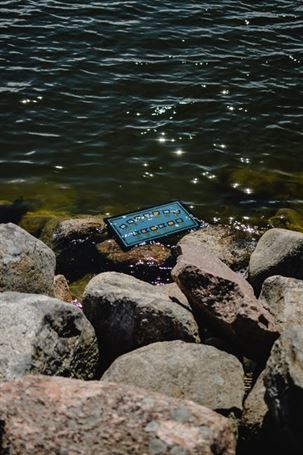A well-maintained pool isn’t just a luxury – it’s a necessity for health, safety, and the longevity of your pool system. Regular maintenance keeps the water crystal clear, prevents algae buildup, and helps you avoid costly repairs down the line. Whether you’re a seasoned pool owner or new to the game, this guide will walk you through the year-round essentials of keeping your pool in top shape.
From balancing chemicals to maintaining equipment, we’ll break down everything you need to know to keep your pool looking and functioning at its best.
**Why Regular Pool Maintenance is Crucial**
Owning a pool brings hours of enjoyment, but it also comes with responsibilities. Neglecting pool maintenance can lead to:
– **Algae and bacteria growth**
– **Unbalanced water chemistry**
– **Clogged filters and pumps**
– **Damaged pool liners or plaster**
Taking a proactive approach to maintenance ensures your pool stays safe, clean, and operational year-round. Plus, keeping up with regular care helps extend the life of your pool equipment, saving you money on repairs or replacements.
—
**Essential Pool Maintenance Tasks**
Maintaining your pool involves several key tasks that should be done on a weekly, monthly, and seasonal basis. Here’s how to structure your pool care routine:
—
**1. Skim and Clean the Pool Regularly**
Leaves, insects, and debris are your pool’s worst enemies. Left unchecked, they can clog your filter and create a breeding ground for bacteria and algae. Make it a habit to:
– **Skim the pool surface daily** using a pool skimmer net.
– **Vacuum the pool floor weekly** to remove debris that settles at the bottom.
– **Brush the pool walls and floors weekly** to prevent algae buildup. Pay extra attention to areas like steps, corners, and around drains.
A clean pool not only looks great, but it also makes balancing chemicals and maintaining filtration easier.
—
**2. Maintain Water Chemistry**
Water chemistry is the foundation of proper pool care. Keeping the right balance of chemicals in your pool helps prevent cloudy water, algae growth, and equipment damage. The key factors to monitor are:
– **pH Level** (ideal range: 7.2-7.6): If the pH is too low, your water will be too acidic, potentially causing eye and skin irritation. If it’s too high, chlorine becomes less effective, and scaling can occur. Adjust pH with **sodium carbonate (soda ash)** to raise it or **muriatic acid** to lower it.
– **To raise pH:** Add **200g of sodium carbonate per 10,000 liters** of water.
– **To lower pH:** Add **250ml of muriatic acid per 10,000 liters** of water.
– **Chlorine** (ideal range: 1-3 ppm): Chlorine sanitizes the water by killing bacteria and other contaminants. If chlorine levels dip too low, harmful microorganisms can thrive.
– **To raise chlorine levels:** Add **500g of chlorine shock per 10,000 liters** of water.
– **Total Alkalinity** (ideal range: 80-120 ppm): Alkalinity acts as a buffer for pH, preventing sudden changes in water balance. Low alkalinity can cause the pH to fluctuate, while high alkalinity can lead to cloudy water.
– **To raise alkalinity:** Add **baking soda** at a rate of **1.5kg per 10,000 liters** of water.
– **Calcium Hardness** (ideal range: 200-400 ppm): Low calcium levels can cause water to become corrosive, while high levels can result in scaling on pool surfaces and equipment. Adjust with **calcium chloride** if necessary.
Regularly testing your water with a pool test kit or test strips will help you monitor these levels and make adjustments as needed.
—
**3. Clean the Filter**
Your pool filter works hard to keep the water clear and debris-free. Over time, the filter can become clogged with dirt, reducing its efficiency. The type of filter you have will determine how you clean it:
– **Sand Filter:** Backwash the filter to flush out trapped dirt. Run the filter in backwash mode for 2-3 minutes, then rinse before returning to the normal filter setting.
– **Cartridge Filter:** Remove the filter cartridge and hose it down. For deeper cleaning, soak the cartridge in a **filter cleaning solution** for a few hours.
– **DE (Diatomaceous Earth) Filter:** Like a sand filter, the DE filter needs to be backwashed. After backwashing, add more DE powder to the filter as per the manufacturer’s instructions.
It’s a good idea to clean your filter at least **once a month** or more frequently if your pool sees heavy use.
—
**4. Shock the Pool When Needed**
Even with regular chlorine treatment, your pool may occasionally need to be shocked to eliminate organic contaminants, bacteria, and algae that have built up over time. Shocking involves adding a high dose of chlorine to the water to quickly restore sanitation.
– **Shock the pool every 1-2 weeks** during the swimming season, or after heavy use, storms, or any visible algae growth.
– Use **500g of chlorine shock per 10,000 liters** of water, evenly distributed around the pool while the pump is running.
– Wait at least **12-24 hours** before testing the water and swimming again.
—
**5. Keep an Eye on Water Levels**
Maintaining the correct water level is essential for pool filtration. If the water level drops too low, air can enter the pump and cause it to lose prime, potentially damaging the system.
– **Check the water level weekly** and ensure it sits around the middle of the skimmer opening.
– Top off the water with a garden hose if needed. If water levels drop frequently, inspect for leaks.
—
**6. Inspect Pool Equipment**
Regular equipment checks help you catch potential problems before they become serious issues. Make a point to:
– **Check the pool pump and motor** for any signs of leaks, noise, or reduced performance.
– Inspect the **pool heater** for proper functioning, especially before and after winter.
– Look for signs of wear on **pool accessories** like ladders, diving boards, or handrails, and tighten any loose fittings.
Keeping equipment in good condition helps ensure your pool runs smoothly and extends its lifespan.
—
**Seasonal Pool Maintenance**
In addition to your regular maintenance routine, certain tasks are specific to different times of the year.
—
**Spring/Summer:**
– **Open the Pool Properly:** After a long winter, follow a thorough pool opening procedure that includes removing the cover, balancing chemicals, and checking equipment.
– **Increase Cleaning Frequency:** During peak swimming season, you’ll need to clean and test the water more frequently (at least twice a week) to keep up with heavy use.
– **Keep the Water Cool:** Use a **solar cover** or pool shading techniques to reduce water temperature, preventing rapid chlorine depletion and algae growth in hot weather.
—
**Winter:**
– **Close the Pool for Winter:** Properly winterize the pool by cleaning, balancing the water, and covering it to protect it from freezing temperatures and debris accumulation.
– **Store Equipment:** Disconnect and store pool equipment, such as pumps and hoses, in a dry, sheltered location to protect them from the cold.
– **Monitor the Pool Cover:** Check your pool cover periodically to remove debris and ensure it’s securely in place.
—
**Summary**
Maintaining your pool year-round may seem like a lot of work, but with a consistent routine, it becomes manageable. By keeping up with cleaning, water chemistry, and equipment checks, you’ll enjoy a clear, sparkling pool with minimal disruptions. If you need any of the tools, parts or chemicals mentioned please check our website or contact our friendly support team for advice. Regular maintenance not only ensures a safe swimming environment but also protects your pool from costly repairs, making it a win-win for both your enjoyment and your wallet!
Some products you might be interested in:
Rated 4.47 out of 5
£18.73 £13.49
Rated 4.51 out of 5
£34.34 £24.72
Rated 4.50 out of 5
£14.79 £10.65
Rated 4.51 out of 5
£35.68 £28.54
Related Products
Related Articles
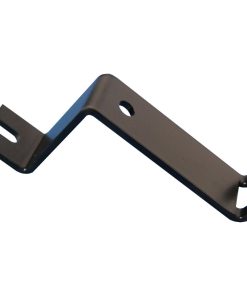 Plastica AG Pump Metal Foot Bracket
1 ×
Plastica AG Pump Metal Foot Bracket
1 × Certikin Foot Valves CGP050FV | Size 50mm
1 ×
Certikin Foot Valves CGP050FV | Size 50mm
1 × Pleatco Pool Filter Cartridge PIN20
1 ×
Pleatco Pool Filter Cartridge PIN20
1 × Plastica Sta-Rite Swimmey Shaft Sleeve 1.3hp to 2.0hp
1 ×
Plastica Sta-Rite Swimmey Shaft Sleeve 1.3hp to 2.0hp
1 × Plastica Sta-Rite Seal Plate C/W Mechanical Seal 5P2R
1 ×
Plastica Sta-Rite Seal Plate C/W Mechanical Seal 5P2R
1 × Plastica 1.5in Socket PP White Pack of 10
1 ×
Plastica 1.5in Socket PP White Pack of 10
1 × Plastica Triton White Tankbase tr100/tr140 (30/36in)
1 ×
Plastica Triton White Tankbase tr100/tr140 (30/36in)
1 × Plastica Uv Sleeve O-Ring 2004 - 2009
1 ×
Plastica Uv Sleeve O-Ring 2004 - 2009
1 × Certikin Sodium Hypochlorite Label (LBL01)
1 ×
Certikin Sodium Hypochlorite Label (LBL01)
1 ×
 Certikin Foot Valves CGP050FV | Size 50mm
Certikin Foot Valves CGP050FV | Size 50mm 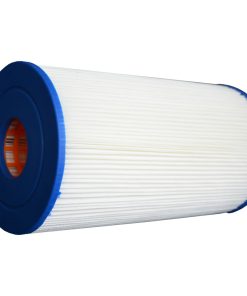 Pleatco Pool Filter Cartridge PIN20
Pleatco Pool Filter Cartridge PIN20  Plastica Sta-Rite Swimmey Shaft Sleeve 1.3hp to 2.0hp
Plastica Sta-Rite Swimmey Shaft Sleeve 1.3hp to 2.0hp 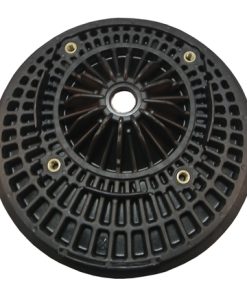 Plastica Sta-Rite Seal Plate C/W Mechanical Seal 5P2R
Plastica Sta-Rite Seal Plate C/W Mechanical Seal 5P2R  Plastica 1.5in Socket PP White Pack of 10
Plastica 1.5in Socket PP White Pack of 10 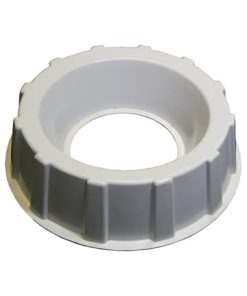 Plastica Triton White Tankbase tr100/tr140 (30/36in)
Plastica Triton White Tankbase tr100/tr140 (30/36in)  Plastica Uv Sleeve O-Ring 2004 - 2009
Plastica Uv Sleeve O-Ring 2004 - 2009 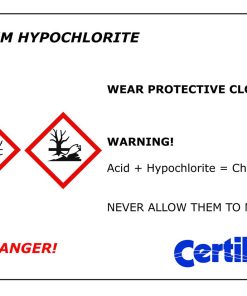 Certikin Sodium Hypochlorite Label (LBL01)
Certikin Sodium Hypochlorite Label (LBL01) 
